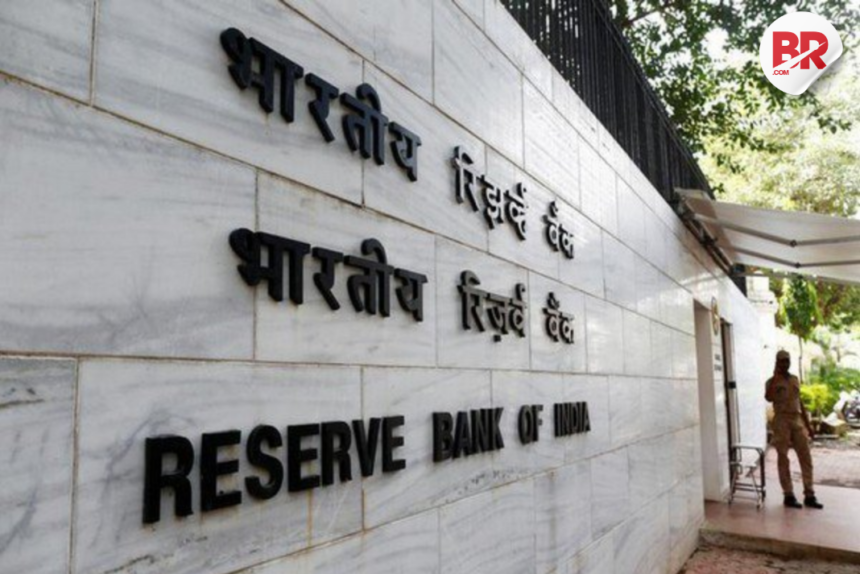
In its latest monthly bulletin, the Reserve Bank of India (RBI) has flagged rising concerns over the weakening global economic landscape. Escalating trade tensions and market volatility are dimming the near-term global growth outlook. Yet, there’s a silver lining for India.
Despite the turbulence abroad, India’s domestic growth engines—particularly consumption and investment—appear relatively insulated from external shocks.

So, what does this mean for the everyday Indian?
In simple terms: while the global economy is coughing and sneezing, India might just walk away with a mild sniffle.
Why India’s Economy Isn’t Caught in the Crossfire
The RBI highlighted that domestic demand remains robust, driven by increased consumer spending and steady investment flows. These growth pillars, rooted in India’s internal market dynamics, are less dependent on exports and foreign capital than many other economies.
Agriculture, too, is looking up. A forecast of an above-normal southwest monsoon for 2025 brings hope for higher farm output, better rural incomes, and stable food prices. That’s crucial in a country where nearly half the population still relies on agriculture for livelihood.
Also, let’s talk inflation. The headline inflation dropped to a 67-month low of 3.34% in March, mainly due to cooling food prices. For context, that’s the lowest since before the last Avengers movie dropped.
Also Read Trade Wars Just Got Personal: IMF Slashes India’s Growth Forecast to 6.2%
The Global Picture: Tariffs, Tension, and Trouble
Meanwhile, the rest of the world isn’t having it easy. On April 2, 2025, the US announced a 10% base tariff on imports from 60 countries—raising its average tariff level to a 100-year high. It offered a 90-day pause for those who promised not to retaliate, but the damage was already done.
As the IMF warned, these protectionist moves come at a fragile time. With sluggish global growth, adding trade barriers could be like throwing a wrench into a tired engine. The OECD agrees, saying rising restrictions will drive up costs for both producers and consumers.
So, in a world tiptoeing toward a full-blown trade war, India’s relative economic insulation is no small feat.
A Global Storm, but India’s Umbrella Holds
Of course, we’re not in a vacuum. Weak external demand may still drag down sectors like exports and IT services. But for now, India’s domestic growth engines are proving resilient. It’s like being in a leaky boat but having a motor that still runs.
The key takeaway? India might not be steering clear of the storm entirely, but its internal engines are keeping it steady while others drift.
Where to From Here?
The RBI’s tone is cautiously optimistic. With stable inflation, a good monsoon, and strong internal demand, the country has some wind in its sails. But policymakers must still tread carefully. A misstep—like ignoring rural distress or underestimating the global spillover—could stall this momentum.
In a world increasingly divided by tariffs and trade tantrums, India’s growth story might just be the quiet underdog narrative we need to watch.
Also Read JD Vance Says Modi’s Toughness May Decide the Fate of the India Trade Deal












